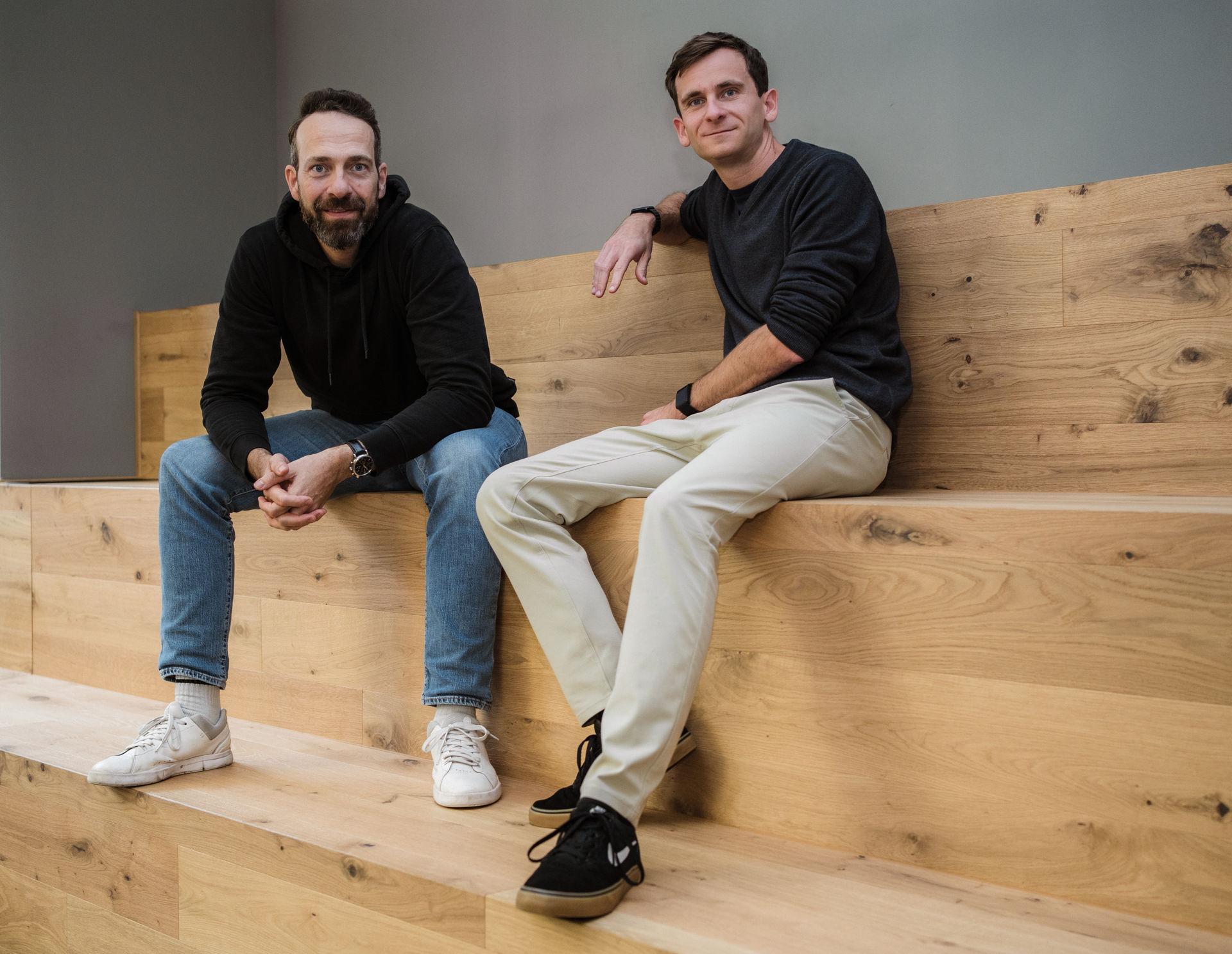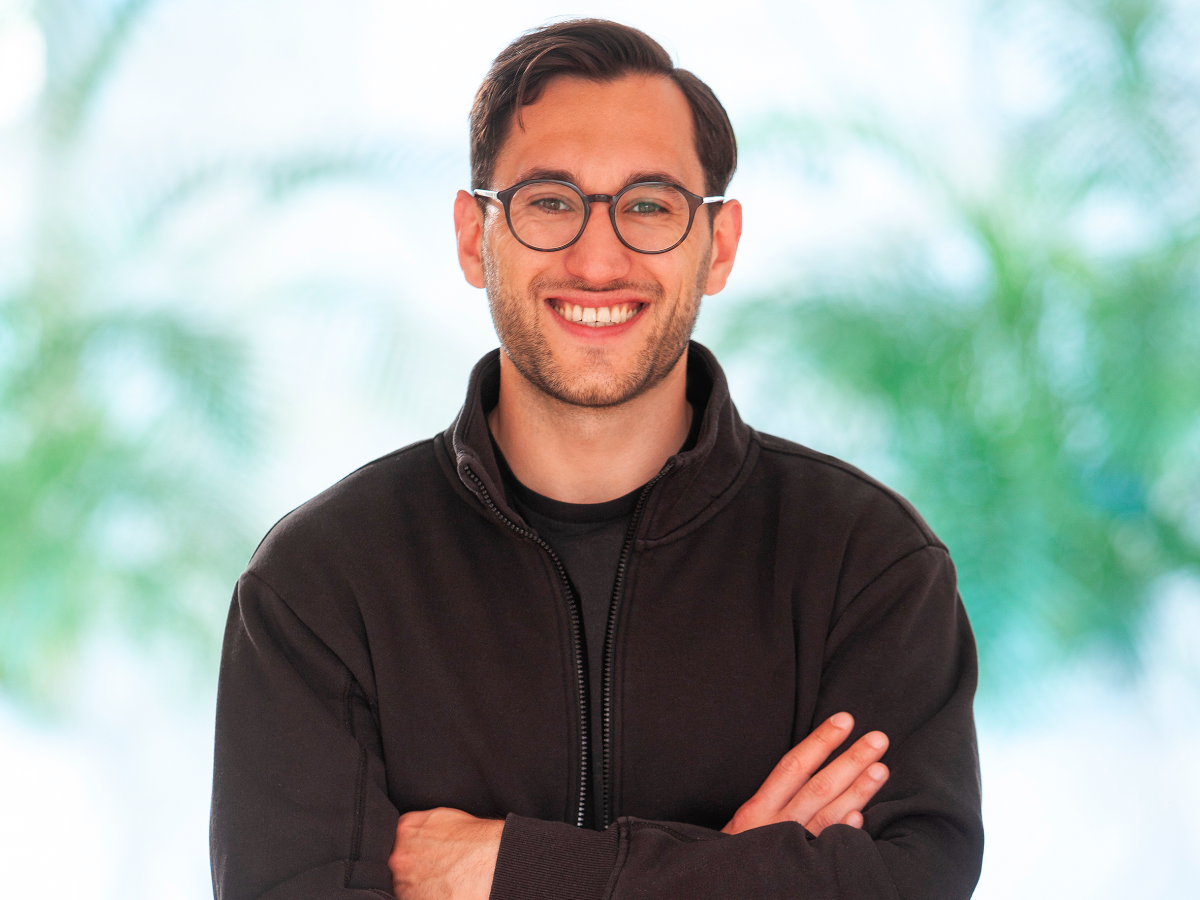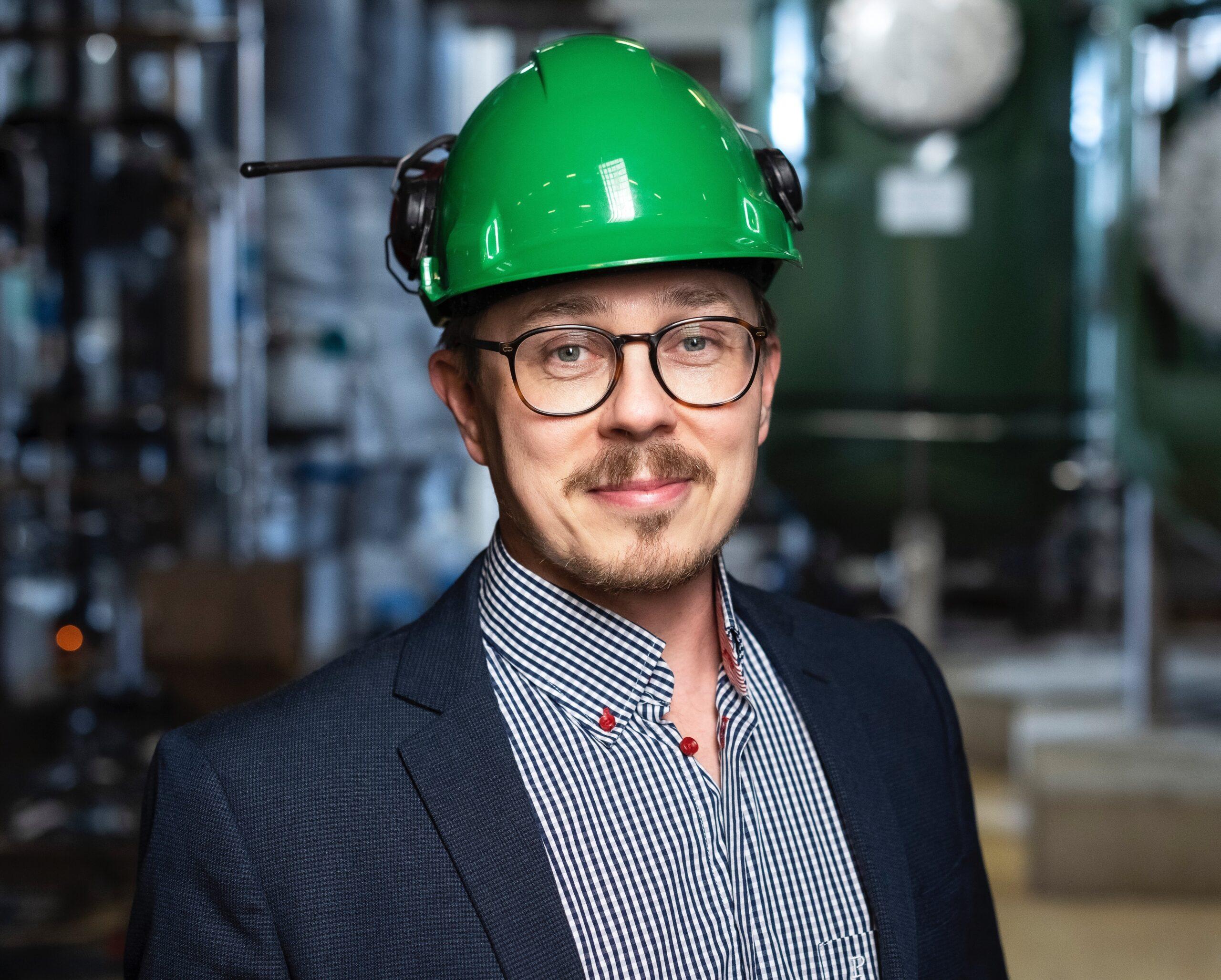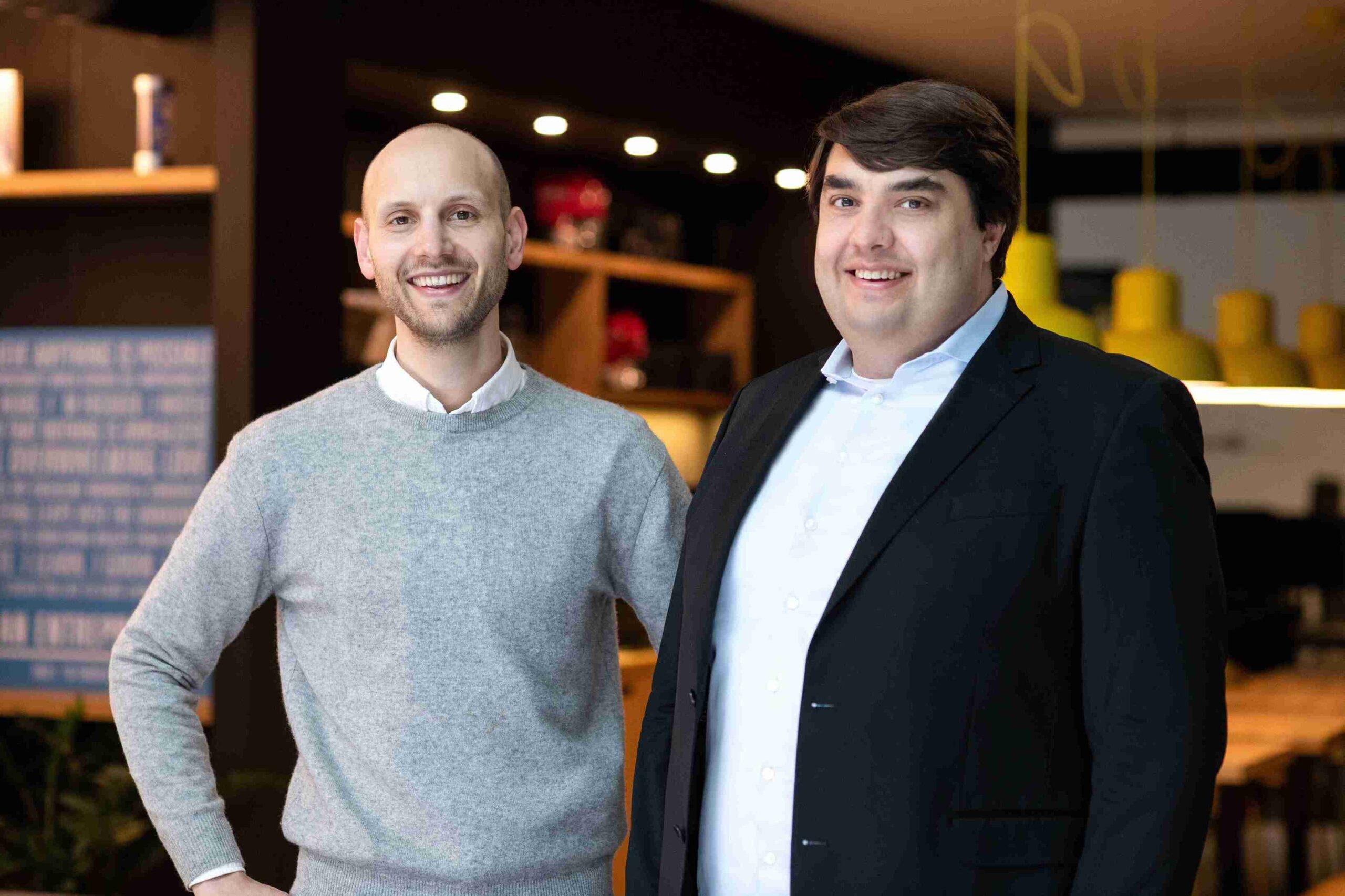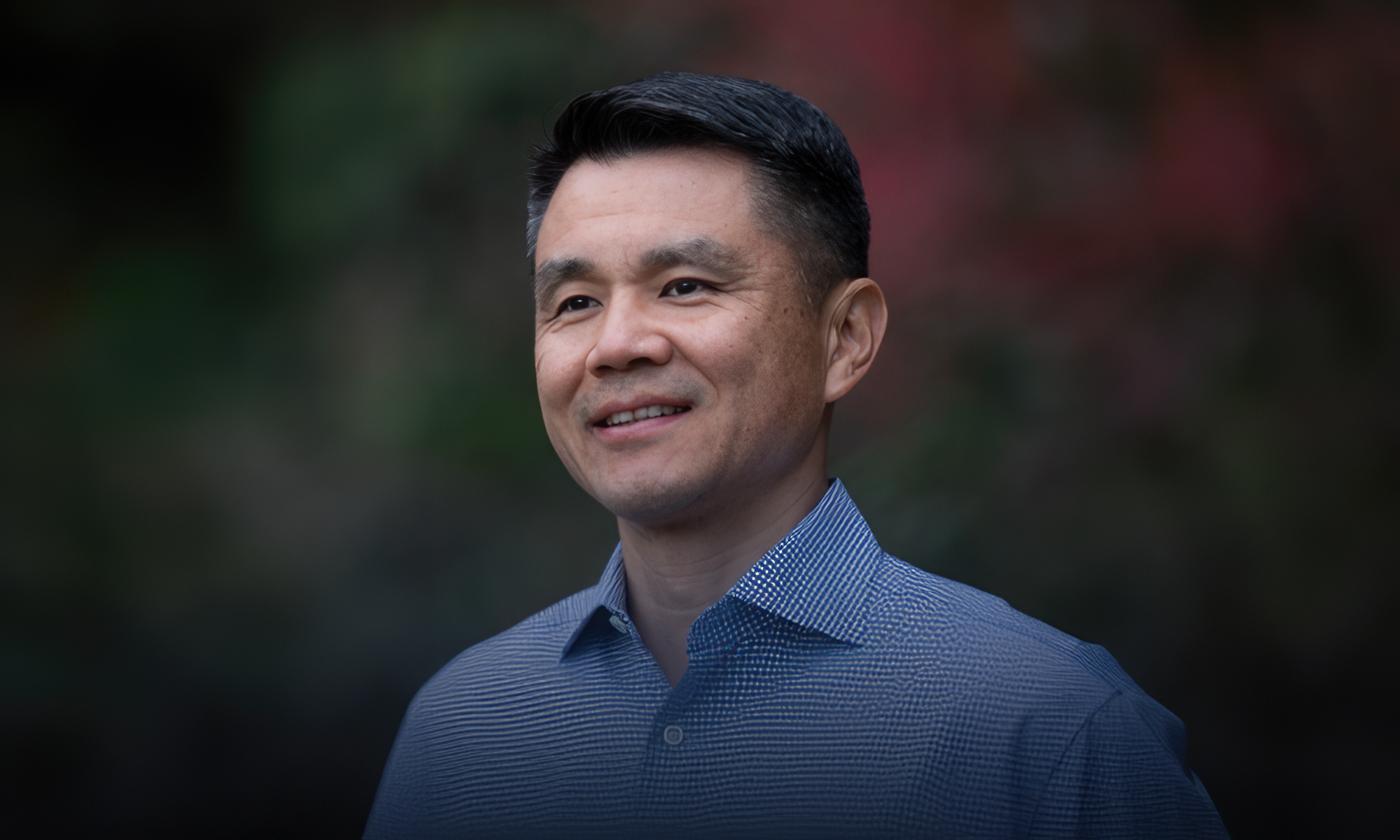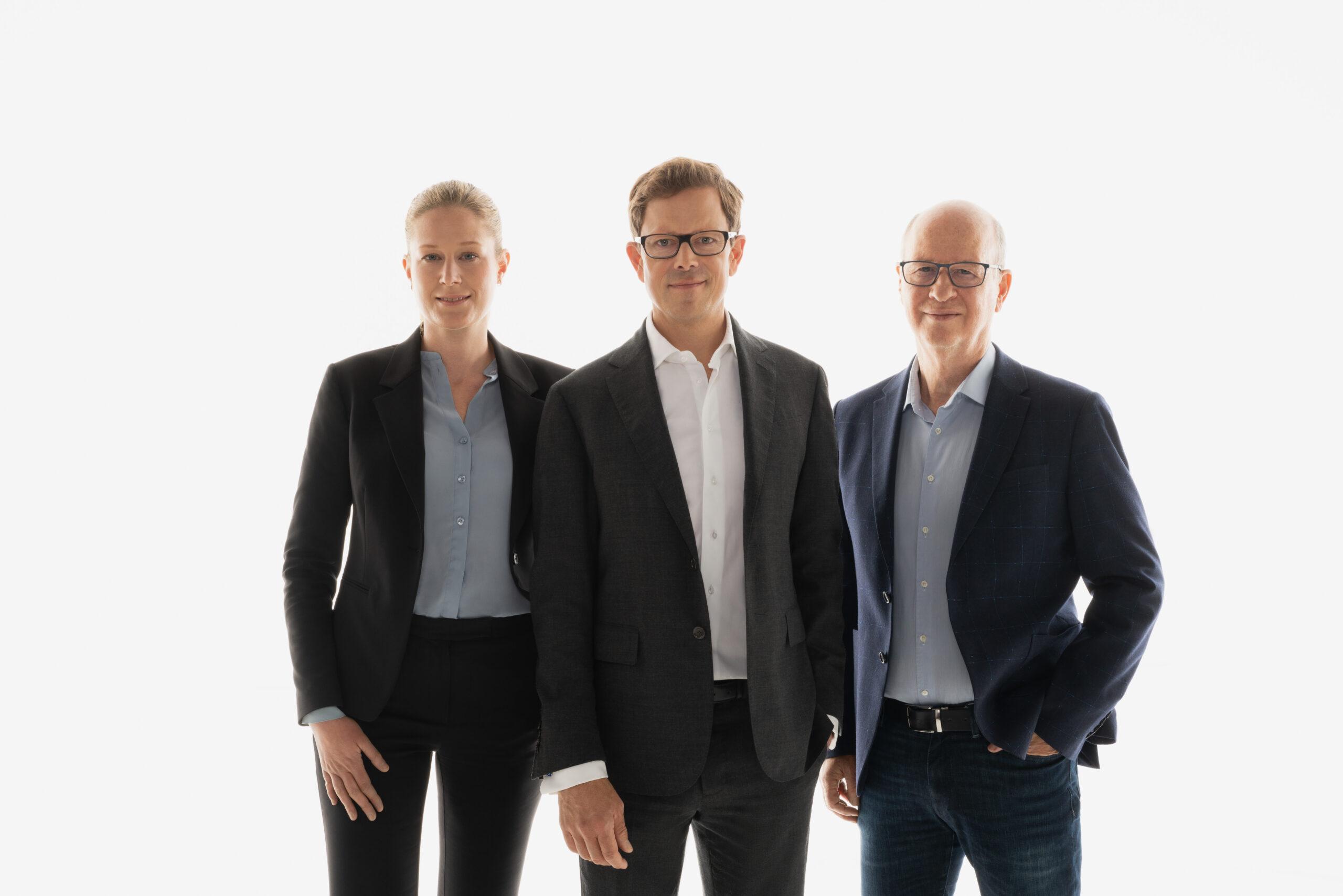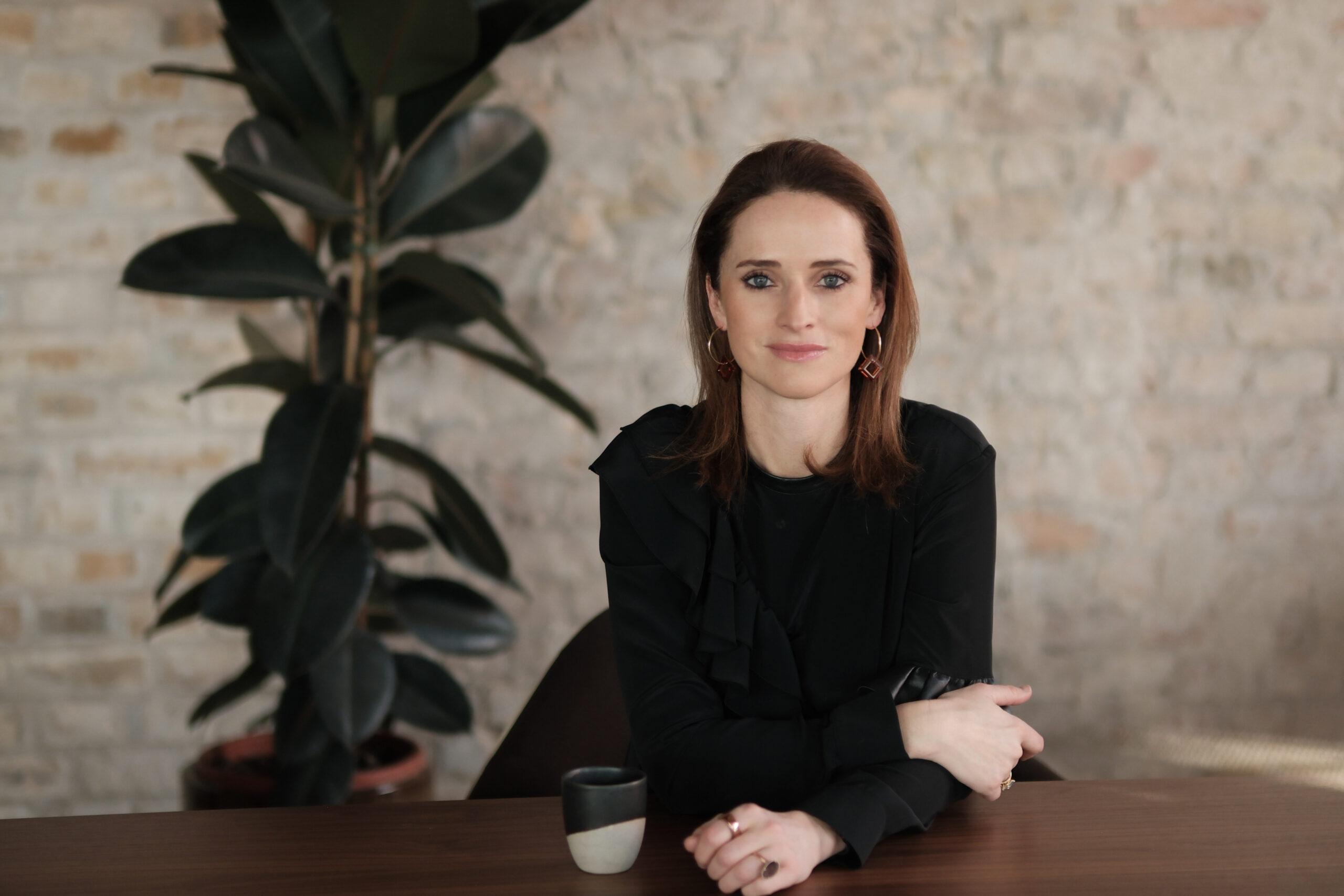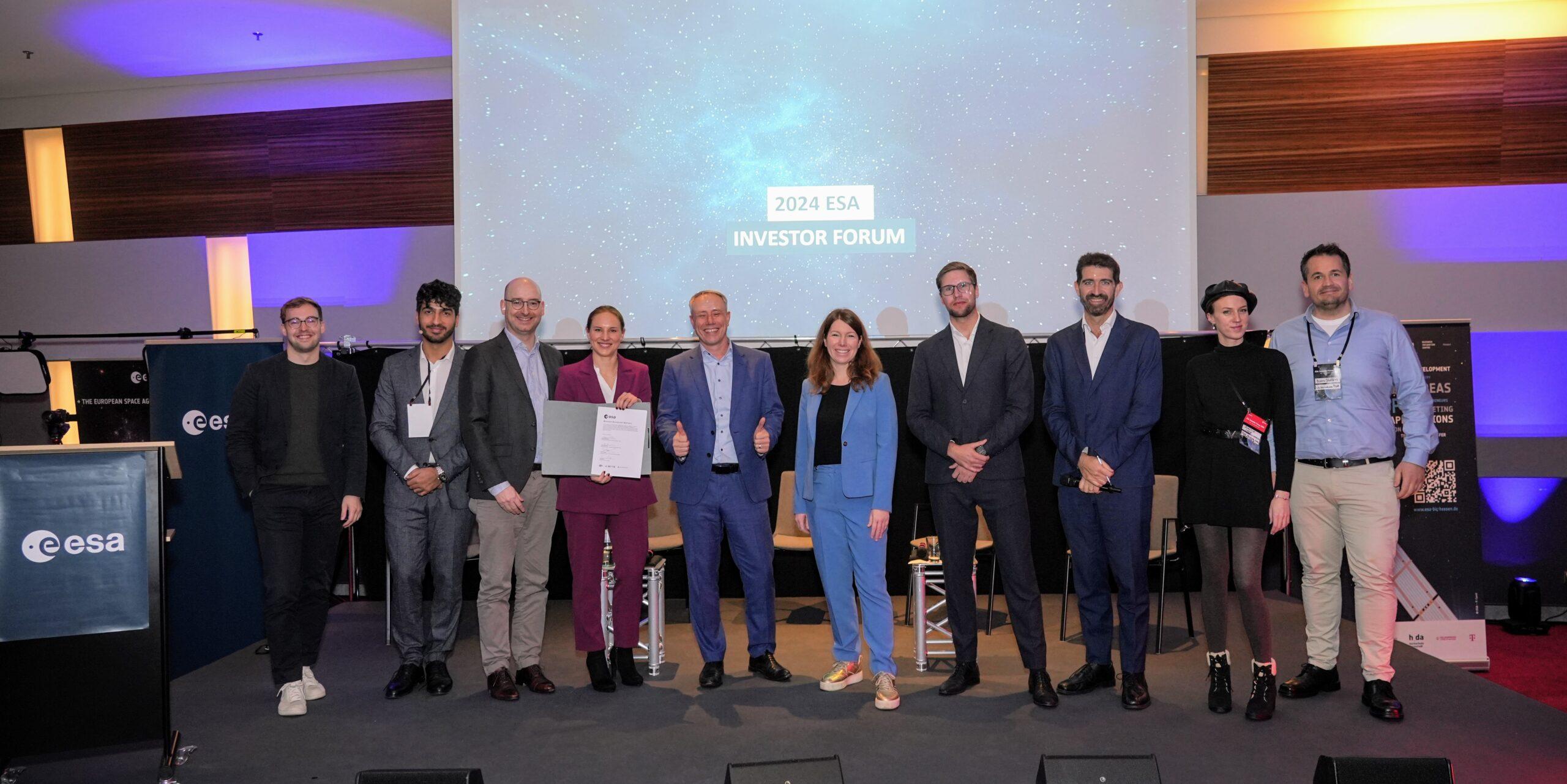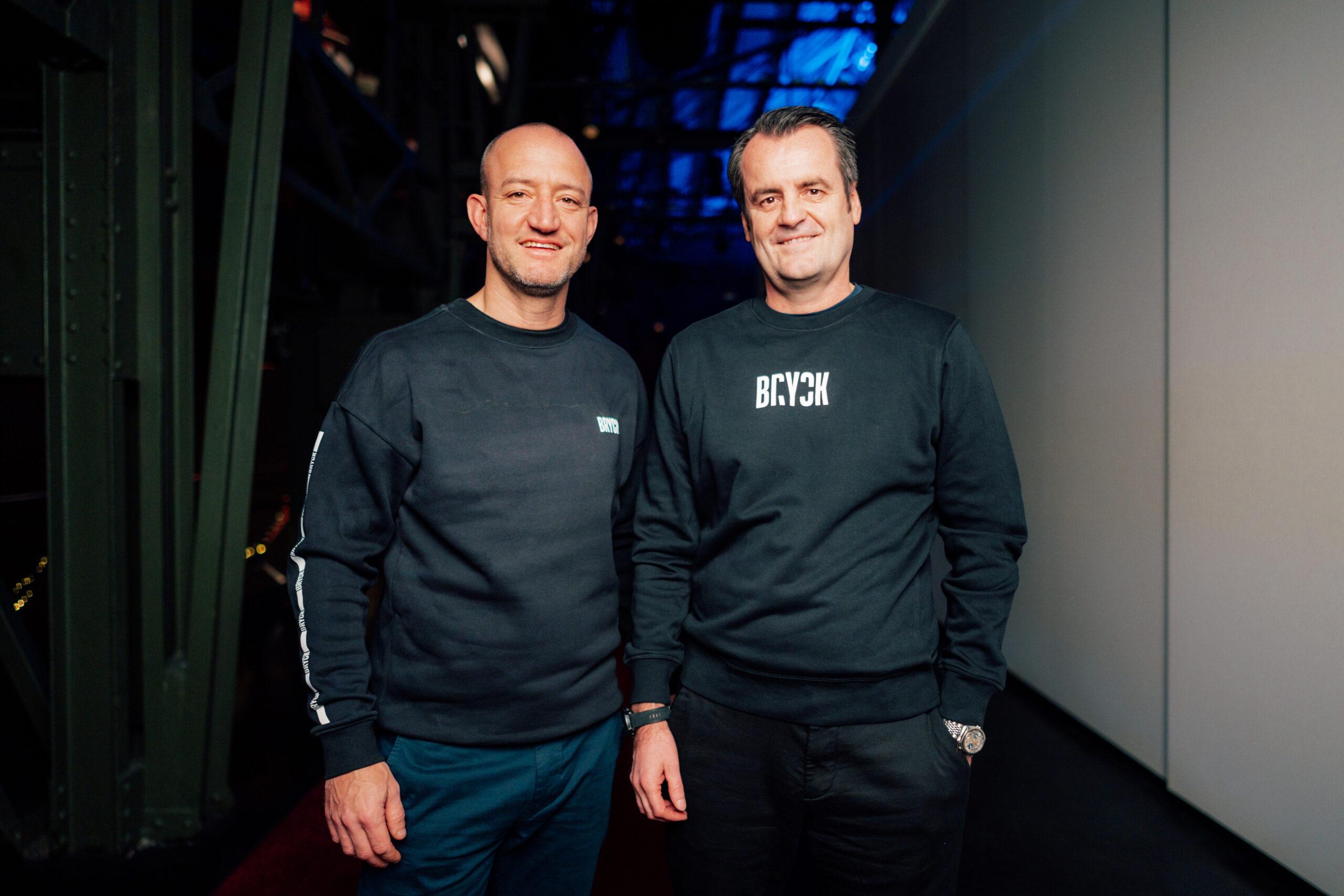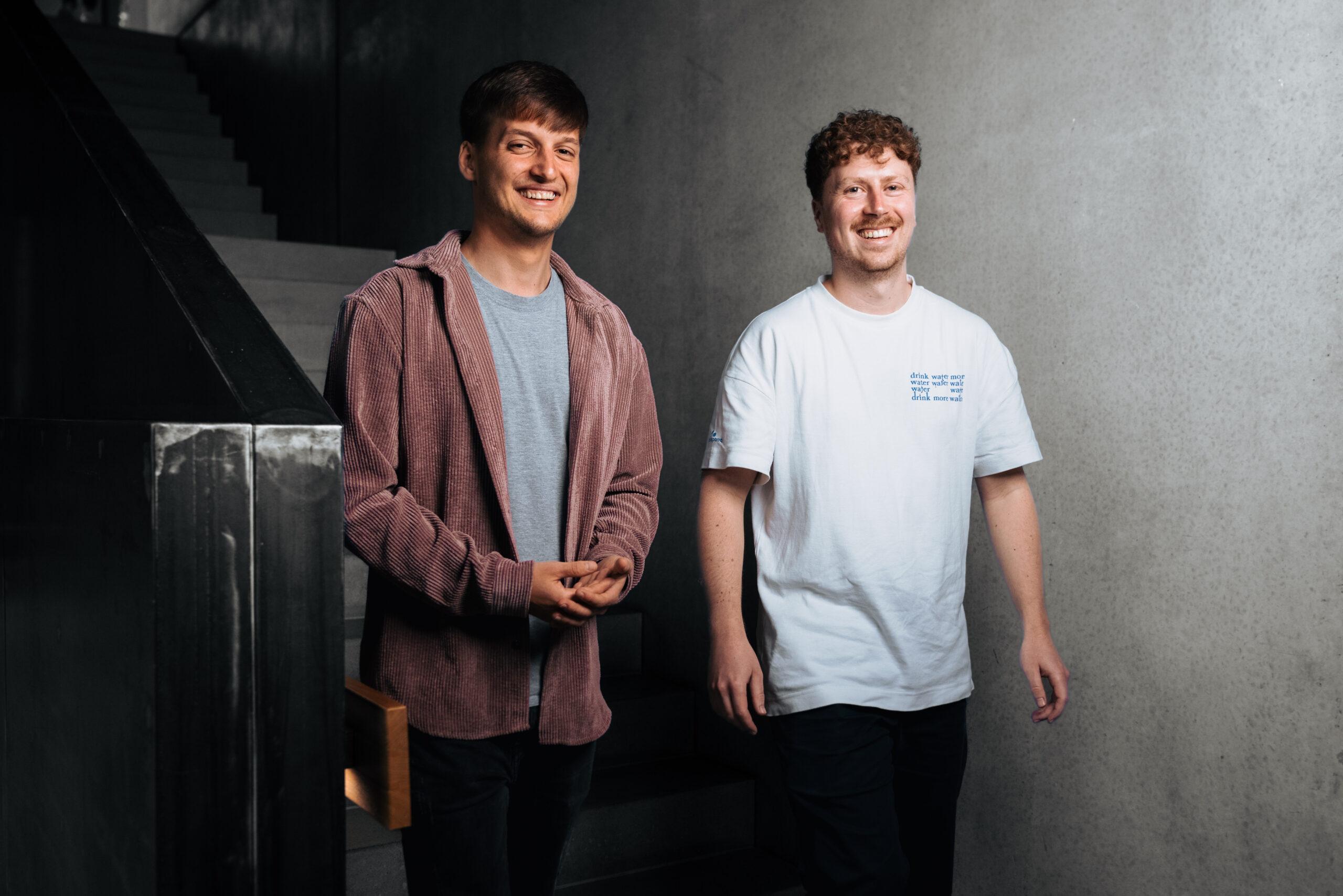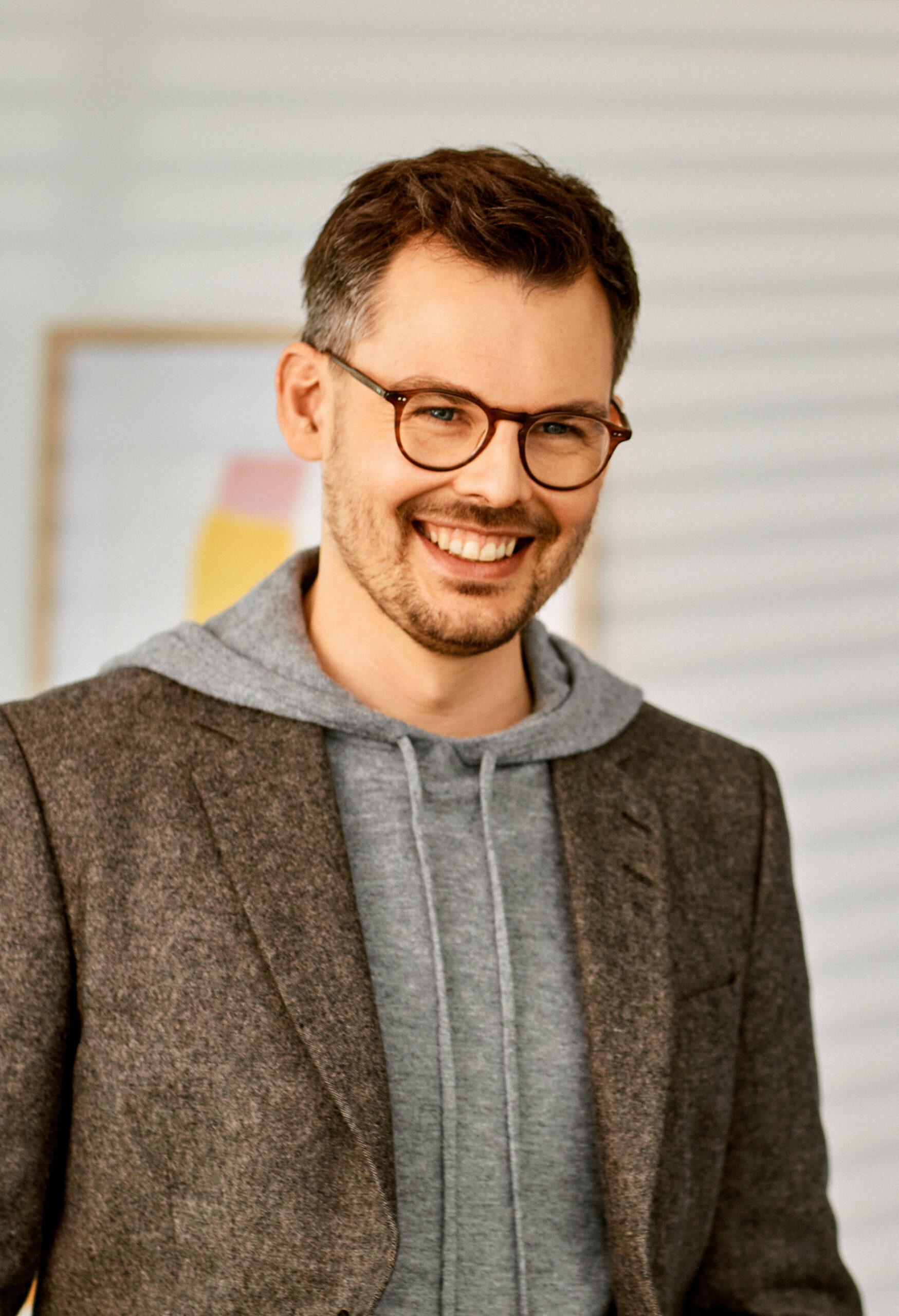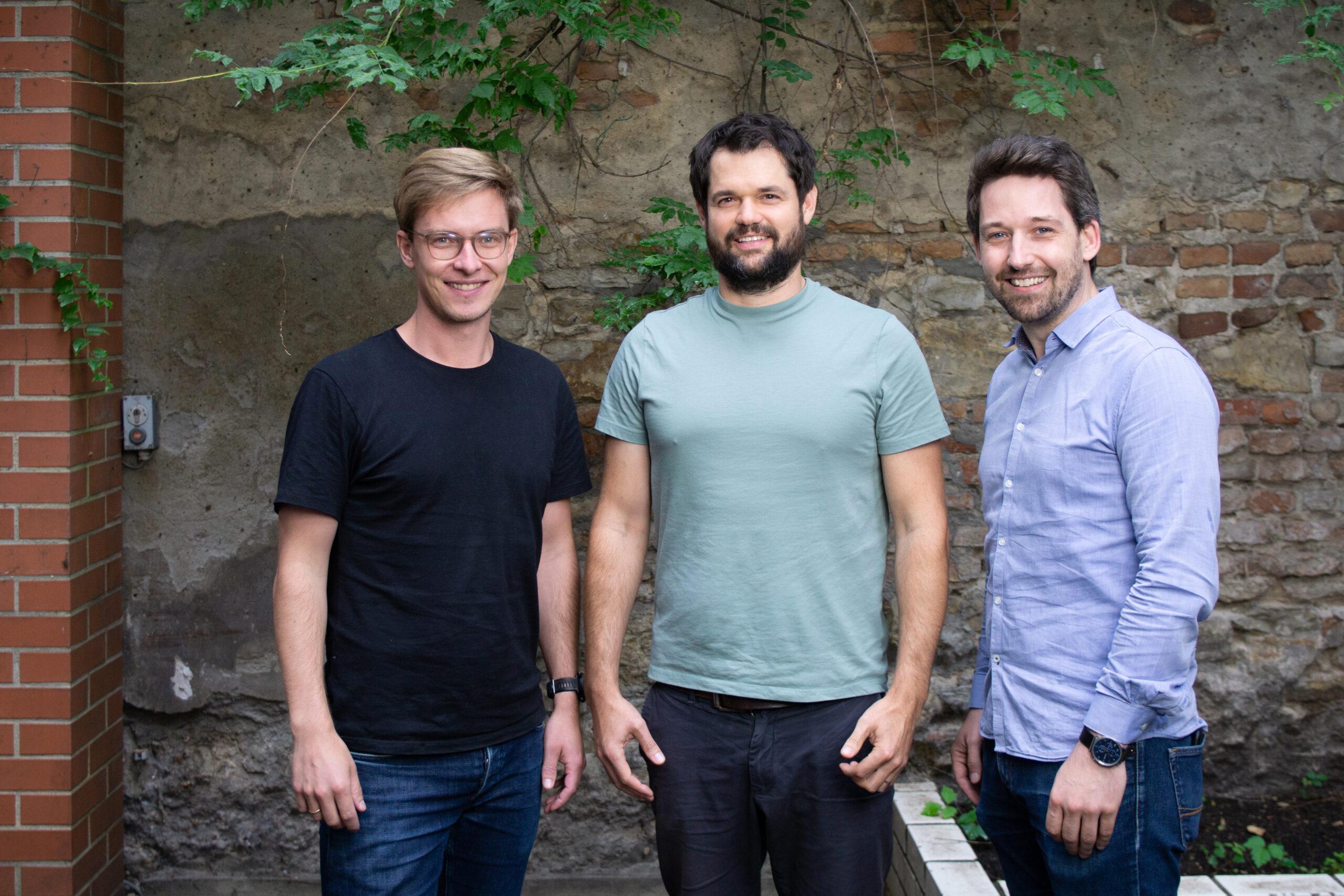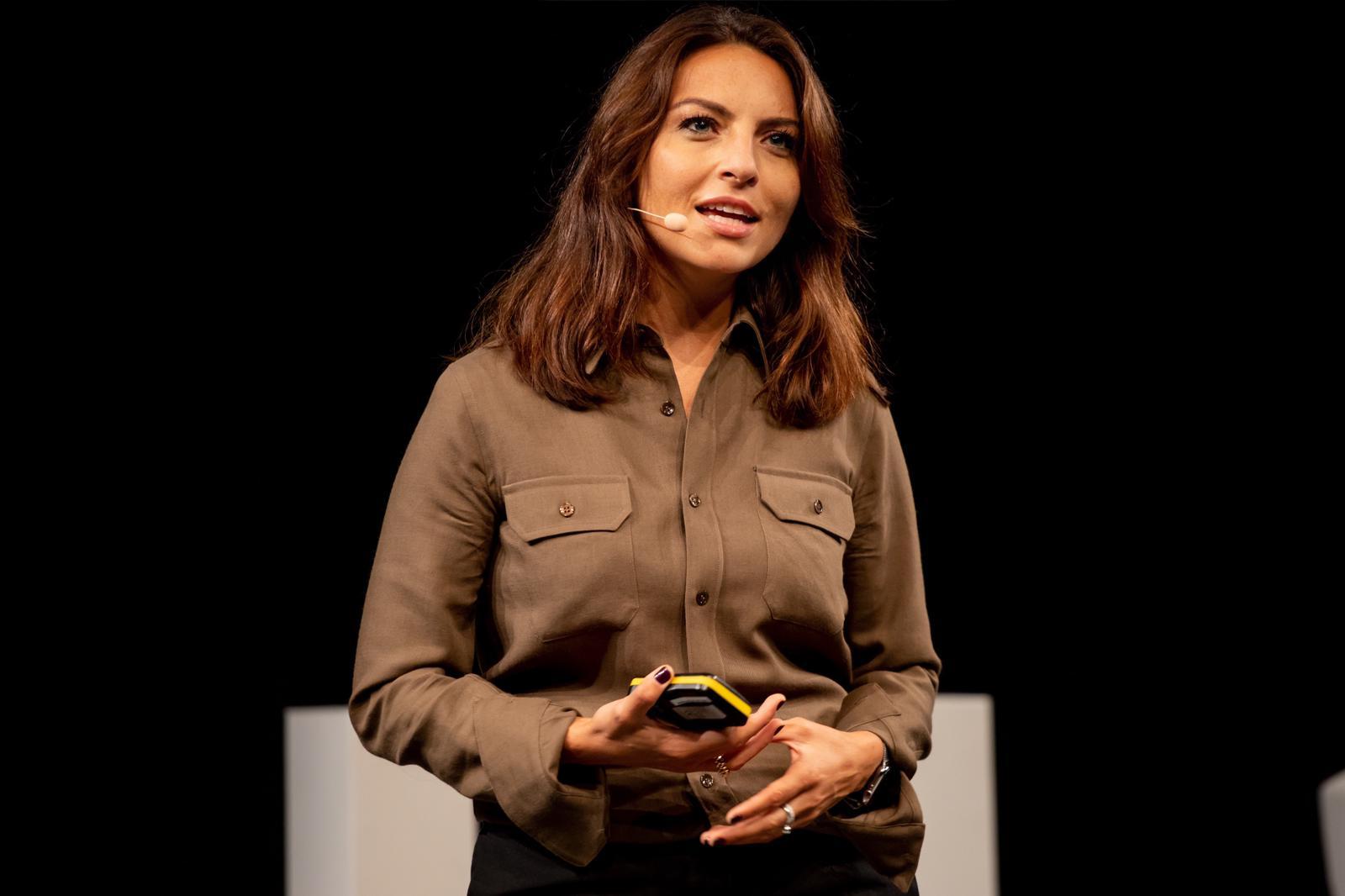This is how Selfmade Energy wants to drive the energy transition forward
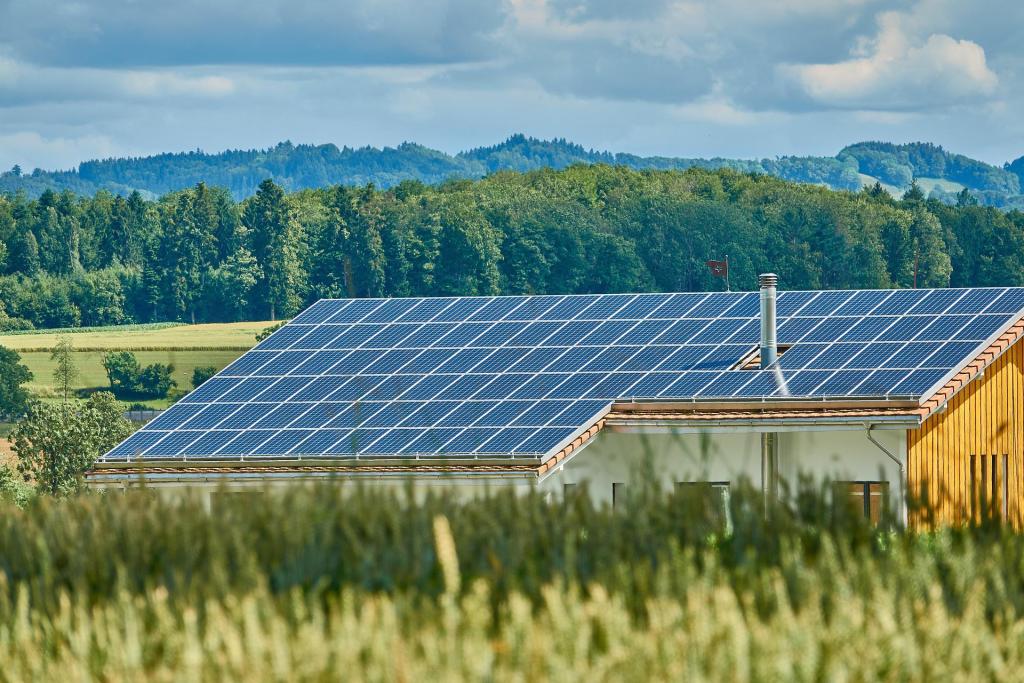
Solar cells on rooftops are still the exception rather than the rule. Founder Tim Rosengart wants to change that with his platform. Will he succeed where all others have failed so far?
When Tim Rosengart was asked to buy a photovoltaic system for his parents' house on the Lower Rhine, it was all a big adventure. "And quite a lot of pain", as he says today looking back. He received around 20 offers in 2019. Some included installation, others didn't. Some brought their own scaffolding so that they could install the solar cells on the roof of his parents' house, while for others Rosengart would have had to organize this himself. Still others offered to report the system to the grid operator after installation so that the grid operator could modify its offer for Tim Rosengart's parents.
"The offers varied by several thousand euros," he recalls. In Rosengart's eyes, the most annoying thing was that an on-site appointment was needed with all 20 companies so that they could take a look at the roof. So tradesmen had to come out 20 times, and Rosengart had to interrupt his actual work 20 times to talk to them. For the economics graduate, this was reason enough to set up his own start-up. With Selfmade Energy, he wants to simplify the search for suitable providers for customers - and save tradespeople time by not having to drive out every time to take a look at the roof on site. But is bringing together suitable tradespeople and customers the biggest obstacle when it comes to building photovoltaic systems?
There was a time when Germany was the world leader when it came to installed photovoltaic capacity. In 2012, the cells in the Federal Republic generated 34.08 gigawatts of electricity. At the time, Germany produced twice as much electricity with the power of the sun as the second-placed country: Italy's photovoltaic systems supplied 16.80 gigawatts. But in the years that followed, Germany missed out on the energy transition. By 2015, 34.08 gigawatts had become just 39.22. At the time, China had already taken first place worldwide with 43.52 gigawatts. And in 2020, Germany was in fourth place with 53.9 gigawatts. China generated 253.4 gigawatts of photovoltaic power that year.
Germany has missed out on the energy transition
The figures come from the website of researcher Volker Quaschning. "For many years, Germany was way ahead in terms of installed capacity. Due to the influence of politics, Germany has now relinquished this pioneering role. The German market is now only of secondary importance in an international comparison," he writes there. According to the Professor of Renewable Energy Systems at the Berlin University of Applied Sciences (HTW), Germany is in danger of losing touch with the leading countries in the medium term.

Tim Rosengart also ended his CDU membership due to the sleepy energy policy. "The political framework conditions have improved since the change of government," he says. What is now preventing mass expansion are delivery problems, a shortage of tradespeople and matching with customers.
Rosengart may at least be able to solve the problem between interested parties and providers with the start-up he founded in 2019. Interested parties should be able to receive a suitable offer in nine steps. To do this, they first enter their zip code on the start-up's website, then state approximately how much electricity they consume per year and the type of house they live in - such as a terraced house or apartment building. The next step is probably a little more difficult for many when they have to enter the pitch of their roof. The options range from flat to slight (15 degrees), normal (30 degrees) to steep (45 degrees). In addition to the question about a photovoltaic system, they can also indicate directly whether they have an electric car or need a heat pump and would like a battery storage system. The Rosengart website also explains the advantages and disadvantages directly. Once you have entered the desired date for your installation and the exact address, you will receive an initial estimate.
AI calculates the solar capacity
Selfmade Energy relies on AI to do this. On the one hand, it uses satellite images from Google Maps and taps into the solar registers of the federal states. In these cadastres, the individual states have shown areas that are suitable for the use of solar energy. Selfmade Energy's AI uses this representation and compares it with historical solar radiation data. At best, users end up with their house displayed on a satellite image from Google, paired with a precise analysis of the potential of their roof area.
"The AI also recognizes disruptive elements such as a gable," says Rosengart. One small problem with the whole thing: not all federal states are already making their data freely available. "According to the EU's Open Data Directive, they should," emphasizes the founder. This means that anyone living in Bavaria, Baden-Württemberg or Hesse cannot yet make full use of the Selfmade Energy service.
The next step is for users to upload photos of their roof and meter cupboard. Only when the AI approves the photo of the roof does it pass on all the data to the tradespeople. They in turn then create specific quotes and send them by email. However, if you have an apartment building, you might find it difficult to photograph your roof properly. A tradesman would probably have to visit in person. Although the multi-family house section is currently available, Selfmade Energy therefore wants to concentrate primarily on owners of single-family houses.
Rosengart received the accolade for its solar calculator in 2021. The consumer magazine Finanztip selected his portal as the best of the five tested. Rosengart himself earns money through commissions for brokered orders. He doesn't want to say how high they are. "My competitors would like to know that too," he says. However, Rosengart is certain that he is cheaper than his competitors for tradespeople. He also concluded a financing round at the end of 2021. He doesn't want to talk about the amount. However, he is happy to talk about the well-known investors: "Verivox founder Nikolaus Starzacher, Christoph Ostermann from solar start-up Sonnen and Robert Ermich from Dein Handy have invested," he says proudly. Consumers can only hope that the shortage of tradespeople doesn't get any worse, because then even the best brokerage portal won't help with the energy transition.

Newsletter
Startups, stories and stats from the German startup ecosystem straight to your inbox. Subscribe with 2 clicks. Noice.
LinkedIn ConnectFYI: English edition available
Hello my friend, have you been stranded on the German edition of Startbase? At least your browser tells us, that you do not speak German - so maybe you would like to switch to the English edition instead?
FYI: Deutsche Edition verfügbar
Hallo mein Freund, du befindest dich auf der Englischen Edition der Startbase und laut deinem Browser sprichst du eigentlich auch Deutsch. Magst du die Sprache wechseln?
